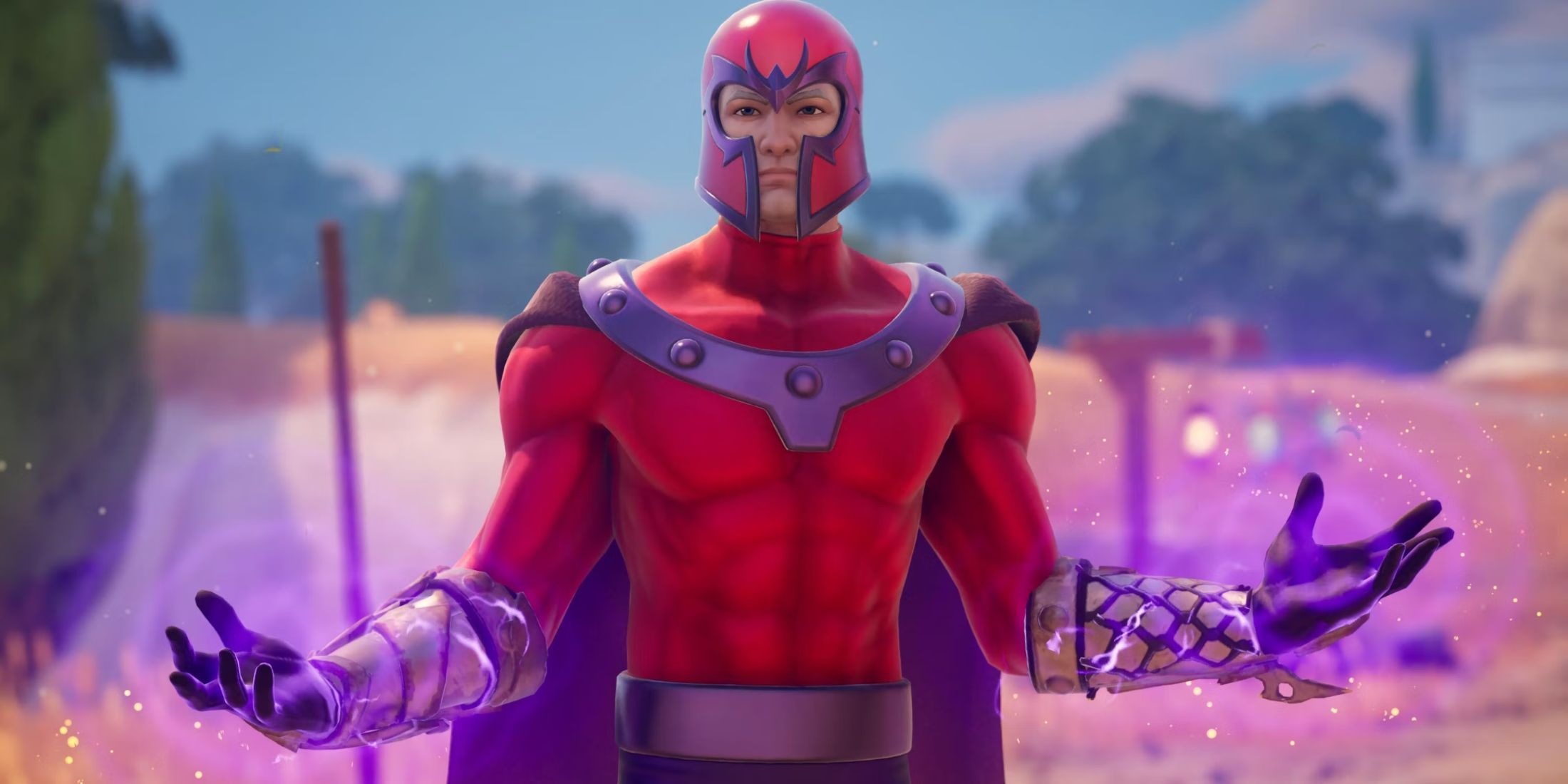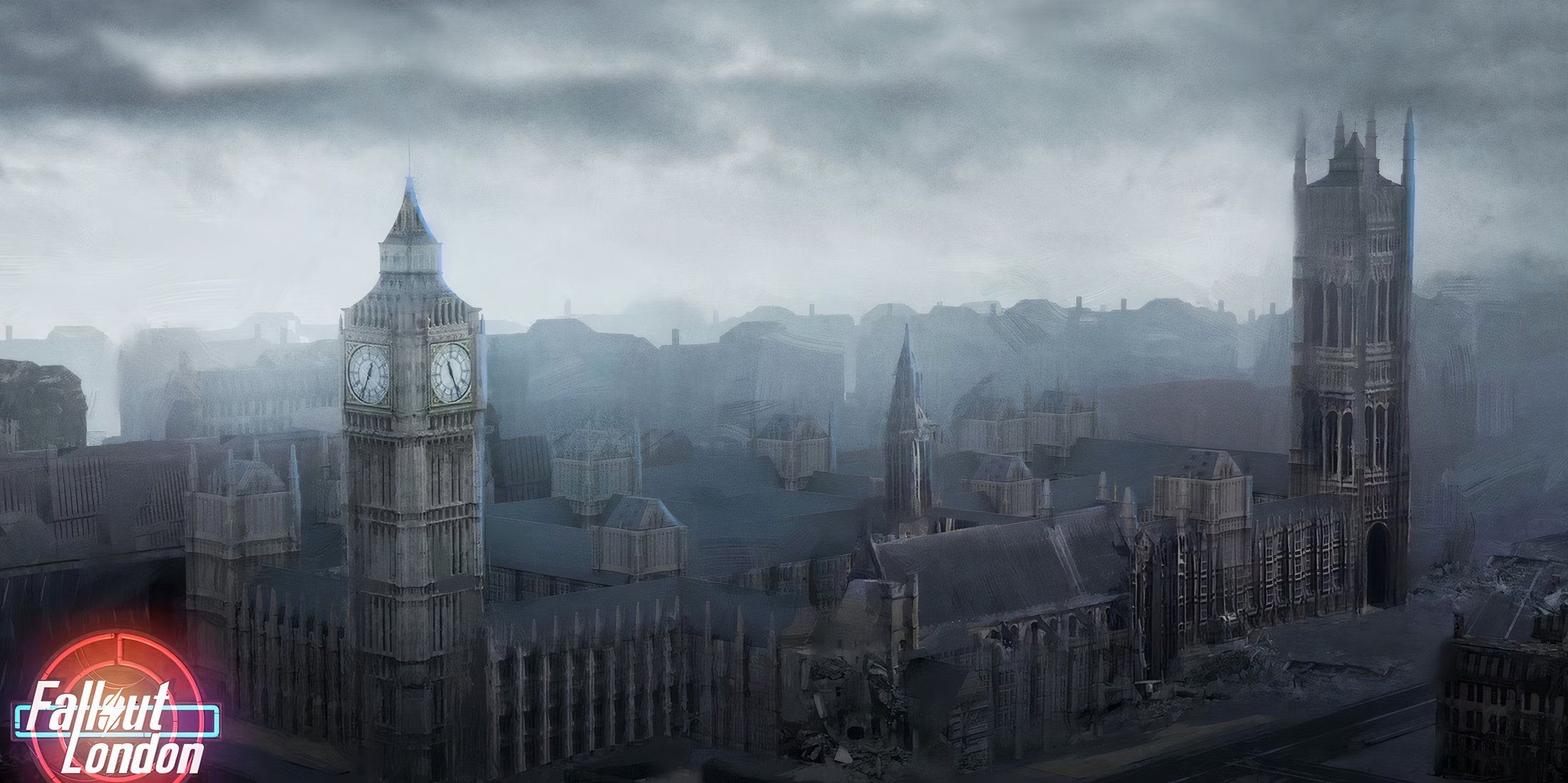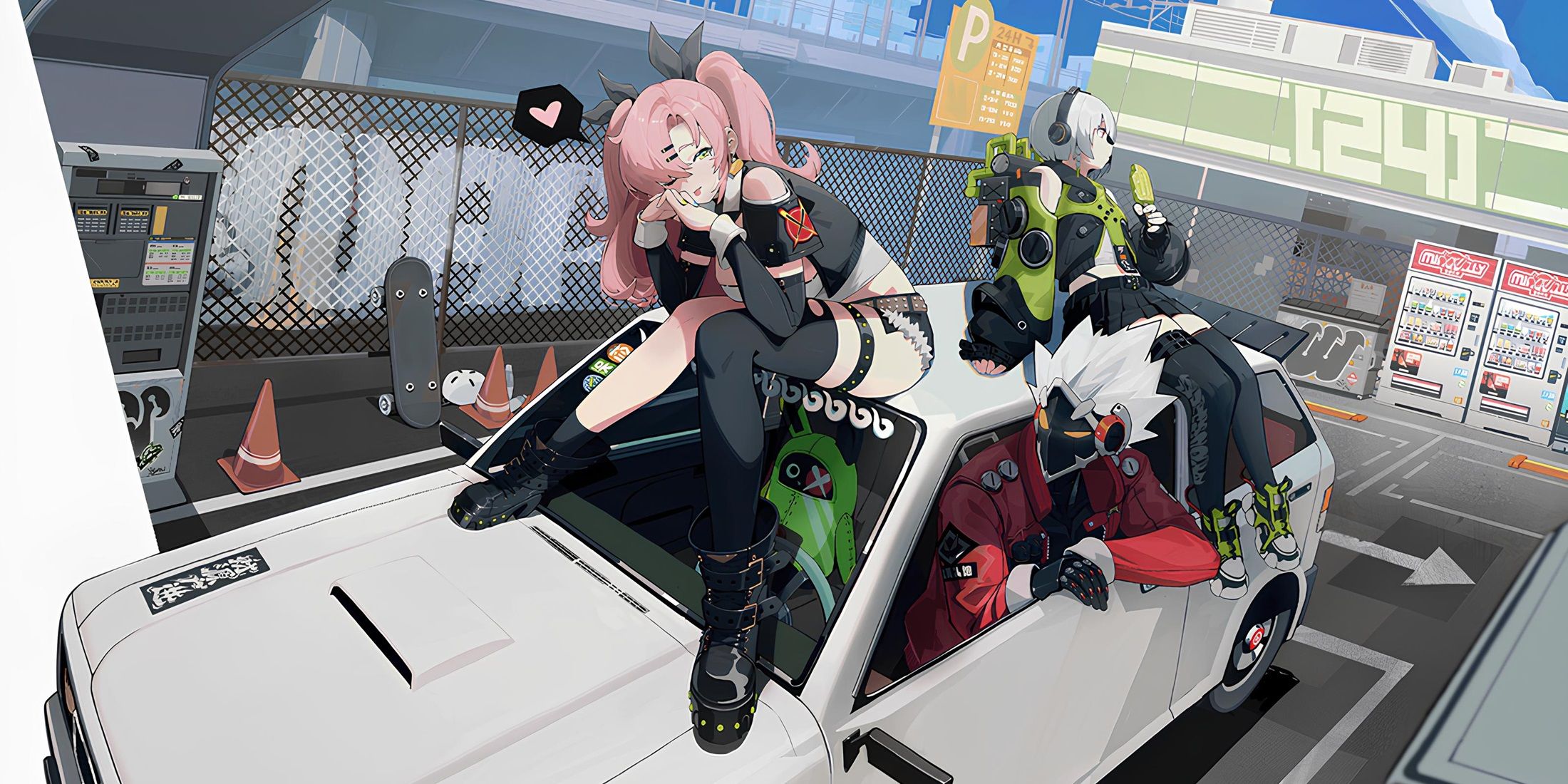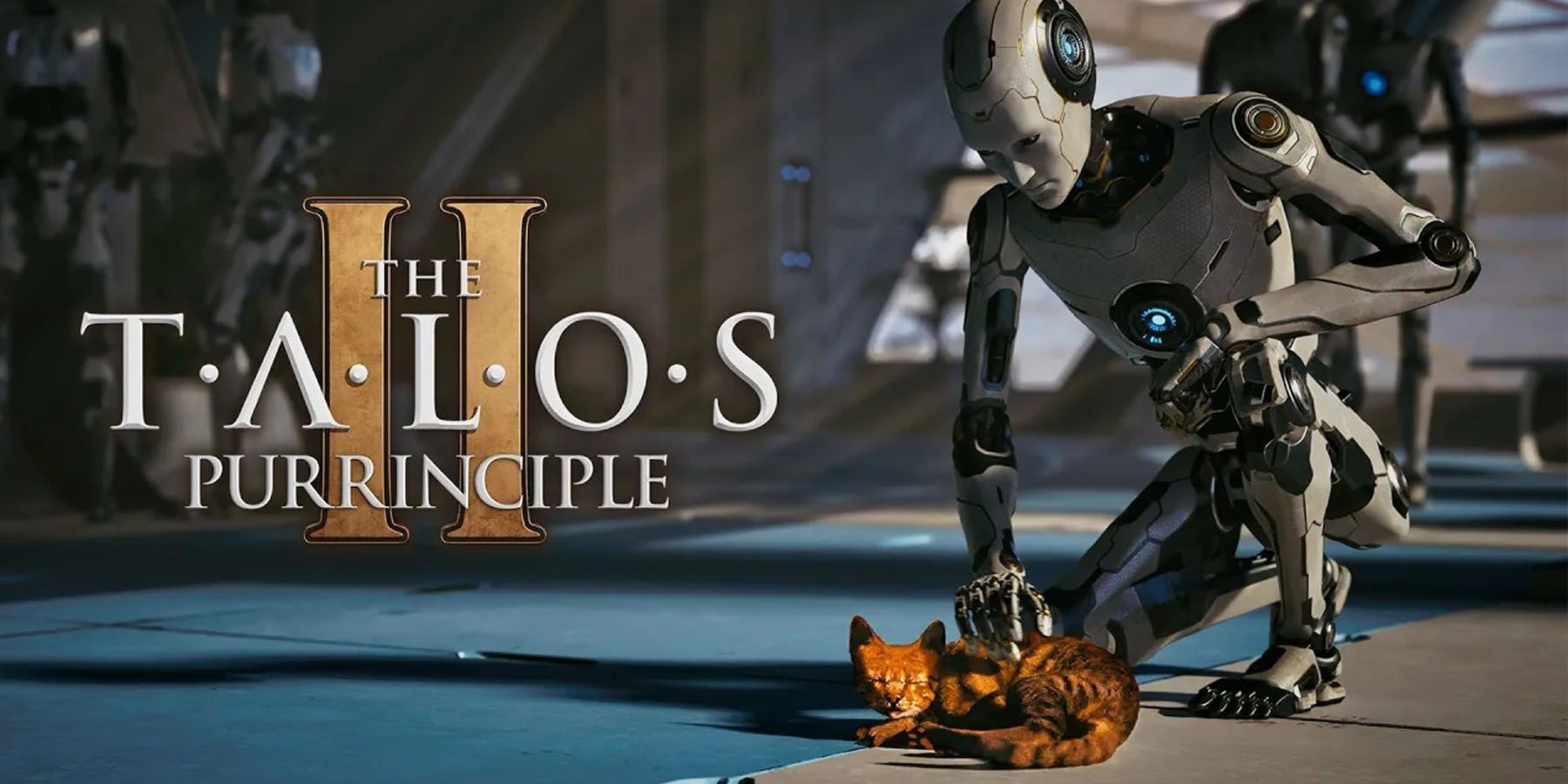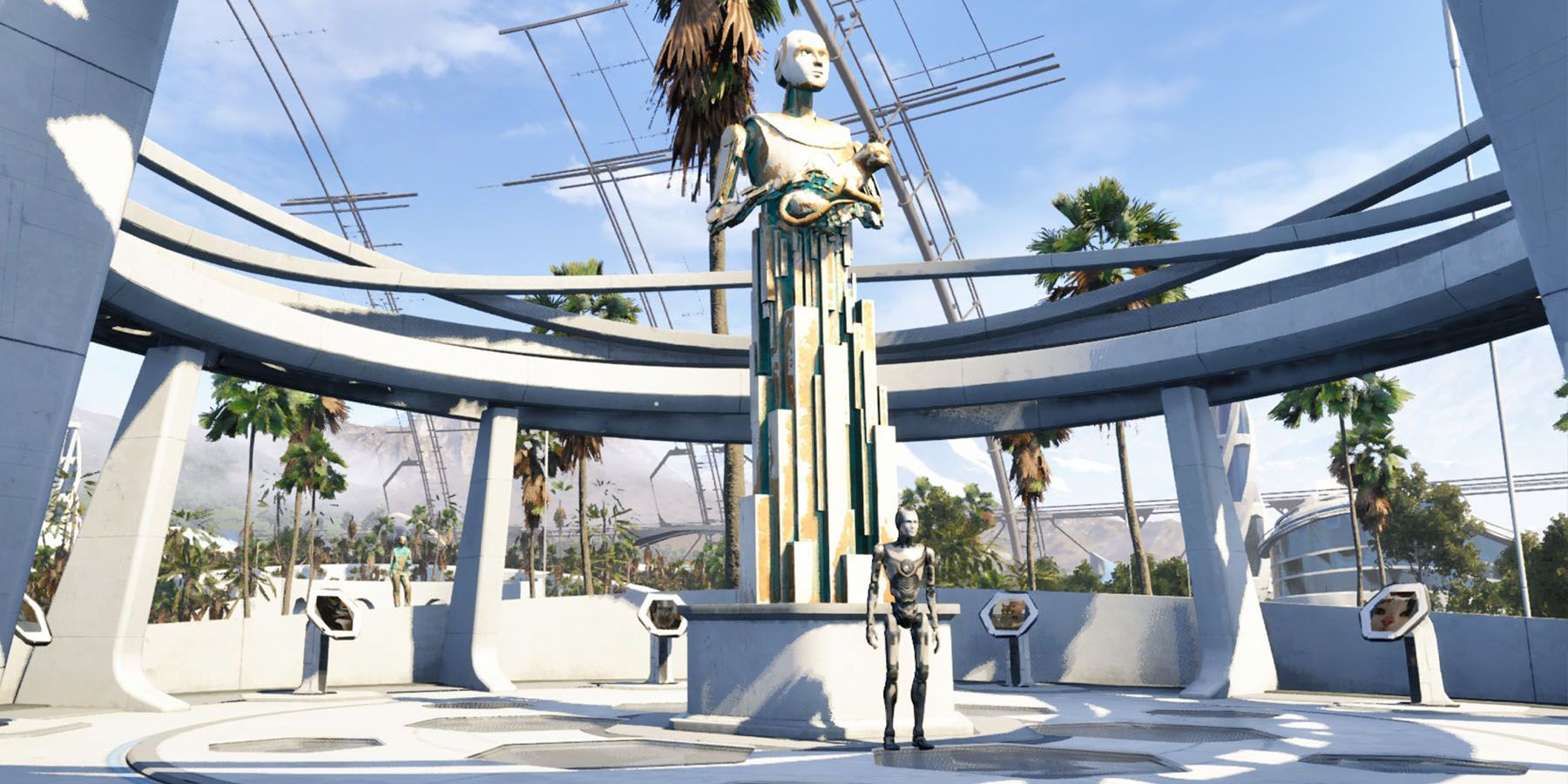One of the most common questions asked of any new release in gaming is, simply, “Can I pet the dog/cat?” For The Talos Principle 2, the answer is an emphatic yes, but it also raises more interesting questions for the philosophical puzzle game to tackle.
The Talos Principle and its sequel are deeply introspective games that use puzzle-solving as a way to approach deep questions about what it means to be human and how people coexist with one another and the universe. It is, then, no surprise that the game had questions to explore about humanity’s relationship with its dependents–pets. The husband-and-wife duo behind The Talos Principle 2’s writing and themselves caretakers of cats, Jonas and Verena Kyratzes, explored the deeper meaning behind petting digital felines in a recent Game ZXC interview.
The bond people have for animals is intense, and often carries over into gaming. One of the breakout successes in recent years was, after all, a story about a cyberpunk cat with a dedicated meow button. It’s fair to say that humans are preoccupied with furry companions, and the Talos Principle games are preoccupied with what it means to be human. As an example, one of the first places newborn AI 1K can come across in Talos Principle 2 is a memorial to fallen cats called Milton’s Rest.
It's kind of amazing what we do for cats. When you think about it, what we provide them with, I sometimes think about how long our cats live, right? They can live 20 years if they're lucky. They never have to work. They never even have to hunt. We take care of them, we provide them with quite an amazing experience. That's a choice that we make. We say, you're just going to have this amazing life because I would feel awful if you had a difficult life since you don't really understand the world. You don't understand why you don't feel well, so I'm going to take you to the doctor and make you better because I understand and you don't.
That fits in with a deeper theme the Kyratzes wanted to explore in The Talos Principle 2. While the first game focused heavily on the question of “can a robot be a human?,” the sequel focuses on an individual’s place in the world. Sometimes this takes on questions of society and politics, sometimes it takes on questions of faith, and like at Milton’s Rest, it sometimes takes on questions of the role a person plays in the broader universe.
Interestingly, Milton’s Rest does not commemorate Milton, the first game’s cynical library assistant program, but rather Milton, the protagonist of the first game’s cat. At Milton’s Rest, the sequel’s protagonist 1K can find roaming cats, displays of cats other AI have loved and lost, and characteristically deep ruminations on the relationship and responsibility between humans and cats. At its core, it's a character question of if the smarter species has an obligation to help the short-lived pets survive longer, live better, and expand beyond what nature may dictate for them.
Milton’s Rest dwells also on the question of what makes cats unique among the pets humans take under their protection. For any animal, humans voluntarily take on the responsibility of care, but characters at Milton’s Rest discuss how different that bond is with cats. Cats, the characters argue, were never domesticated by humans. Unlike wolves, which humans guided toward modern dogs, cats have always been cats. They deign to live with humans but can quickly revert to living on their own. In the post-apocalyptic future of the game, cats return to the wild after human extinction, only to return to their home when robots come about centuries later. Verena explained this in terms relatable to people who’ve tended to both cats and dogs, that is how a dog quickly bonds and effectively praises a human, while a cat is a lot less altruistic.
The relationship was a lot less altruistic, really, on the cat’s part. I deeply believe that my cats love me, and I think they think Jonas is okay. But I think we have a certain need for companionship. I think if you make a cat like you, then you feel like you've really achieved something, and that's something to work towards.
Though, it isn’t like the Kyratzes dismiss out of hand the notion that there is a practical exchange between humans and animals. Cats, famously, hunt pests for humans. Dogs have been assets to hunters for centuries. But Jonas explained that he rejects the notion that the bond between humans and animals is a utilitarian one. Instead, as the game explores, the deeply human nature of our relationship with pets comes from something more basic.
Certainly, they were useful, but I'm not convinced that someone was like, ‘Oh, I found a wolf puppy, and I'm going to teach it to herd sheep.’ No, they found a wolf pup, and they were like ‘Damn, its mother died, I feel sorry for it. Okay, we're going to take it to the cave, and I'm going to feed it from my food. Okay, nobody get mad at me.’ And just, other people were like, ‘No, it's kind of cute, we should have more of them.’ And...then maybe they taught them how to herd sheep.
In a microcosm, this relationship between humans and cats is an example of the Kyratzes’ larger philosophical view on the role of humans in nature. Humans, blessed and burdened with intelligence, shouldn’t be seen as enemies or a plague upon nature but rather stewards of it. Using human intellect and ingenuity to protect, repair, and better the world–both in 1K’s time and today–is a more responsible choice than painting advancement in general as destructive.
And, of course, the Kyratzes want players to pet the cat.
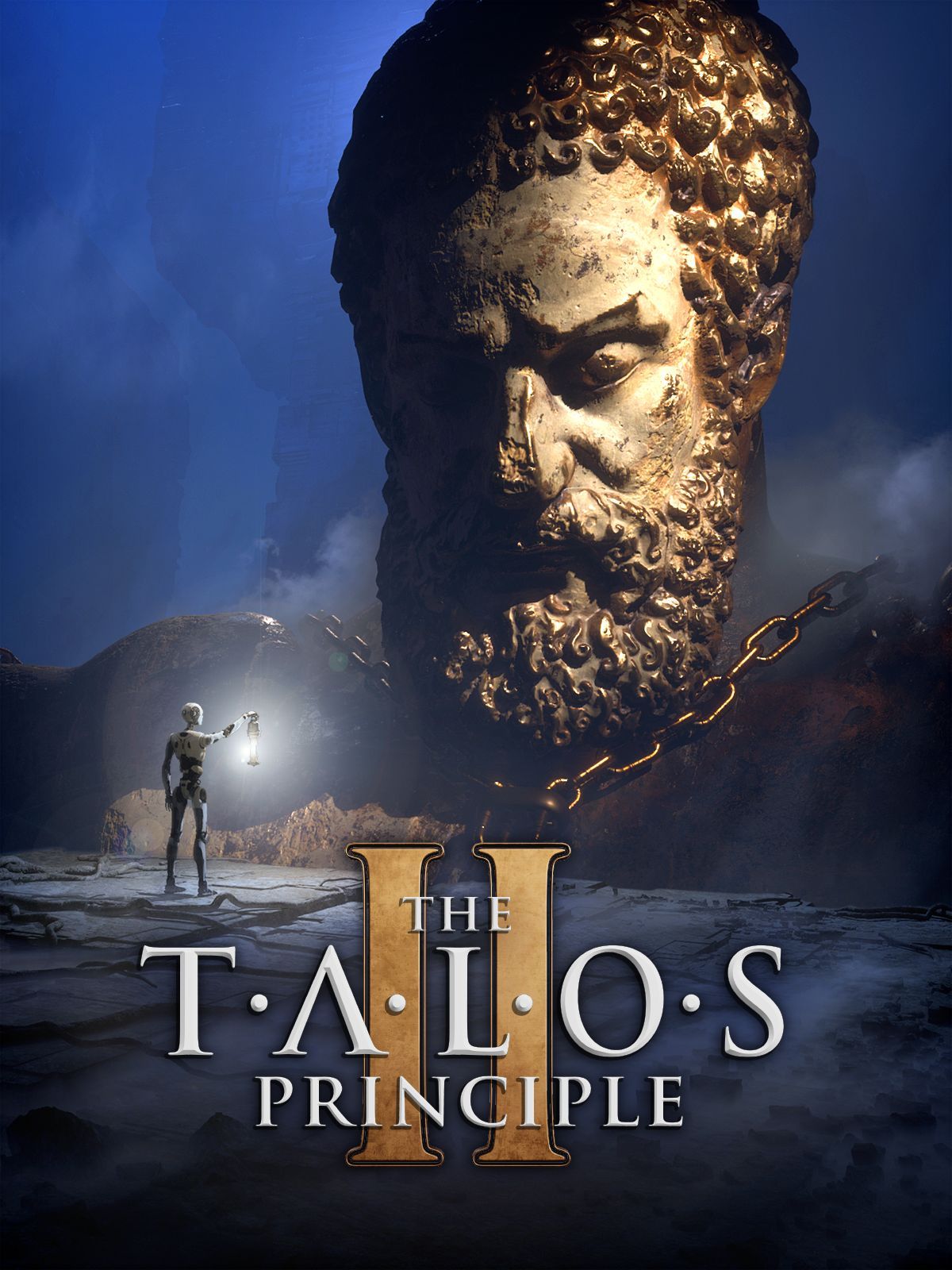
The Talos Principle 2
The Talos Principle 2 is a thought-provoking first-person puzzle experience that greatly expands on the first game's philosophical themes and stunning environments with increasingly mind-bending challenges.

